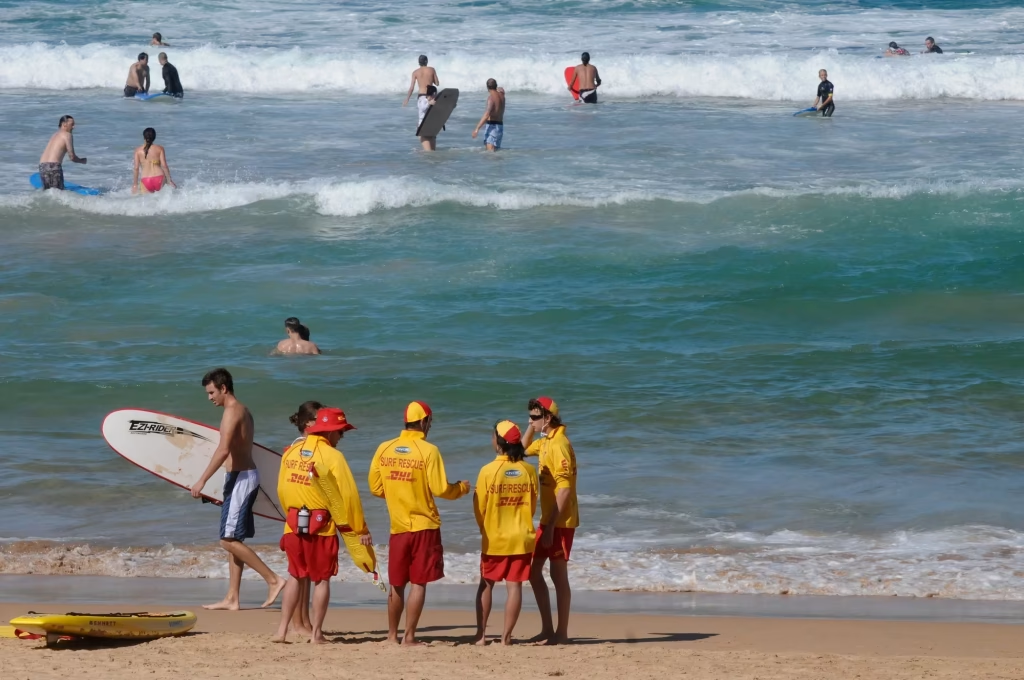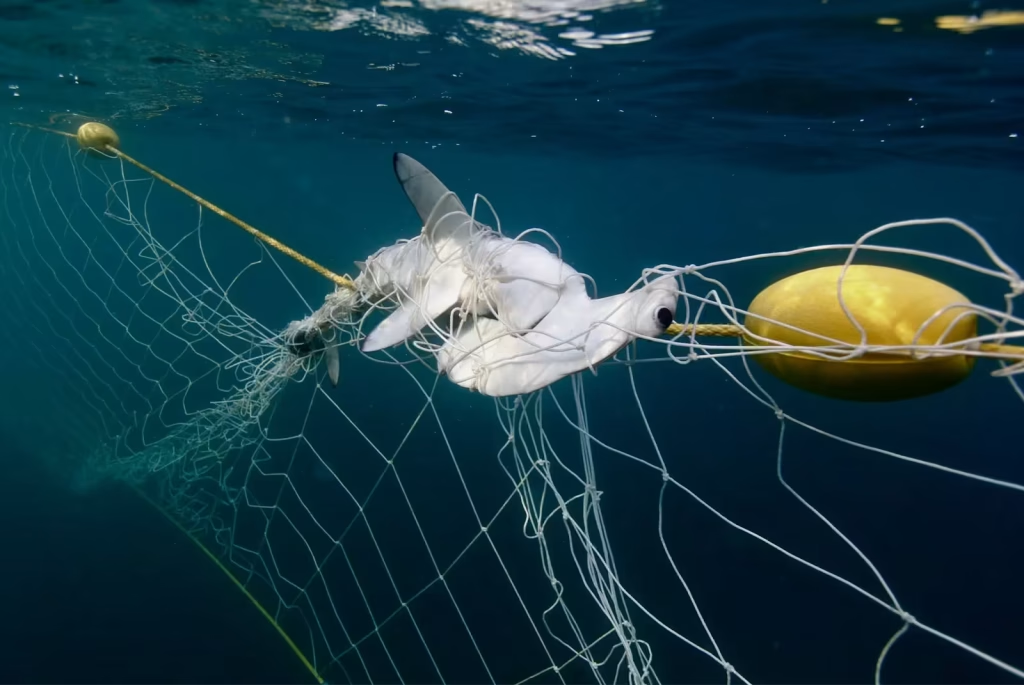
Australia’s pristine beaches and rich marine biodiversity make it a premier destination for tourists worldwide. However, the nation has experienced a notable number of shark incidents over the past 2 years, prompting the implementation of various prevention measures.
This article provides a comprehensive overview of shark attack data in Australia, examines historical and contemporary shark mitigation strategies—including the controversies surrounding shark culling—and offers insights into global practices and the influence of climate change on shark behavior.
Overview of Shark Attack Data in Australia (2013–2023)
Between 2013 and 2023, Australia recorded a significant number of shark incidents, with varying annual figures. According to the Australian Shark-Incident Database, there have been over 1,000 shark bites since 1791, with 237 fatalities up to April 2018.
In 2023 alone, there were 15 unprovoked shark bites, four of which were fatal.
The majority of these incidents involved species such as the great white shark (Carcharodon carcharias), bull shark (Carcharhinus leucas), and tiger shark (Galeocerdo cuvier).
Historical Context of Shark Fishing and Culling
Shark culling has been a contentious method employed in Australia to reduce shark populations near popular swimming areas. Initiated in the 1930s, programs in Queensland and New South Wales utilized shark nets and drumlines to capture and kill sharks deemed a threat to human safety. These measures aimed to decrease the likelihood of shark attacks by reducing local shark numbers.
Controversies Surrounding Shark Culling
The practice of shark culling has faced significant opposition due to its ecological impact and ethical considerations:
- Impact on Endangered Species: Culling programs have resulted in the deaths of non-target and endangered species, including the critically endangered grey nurse shark and various marine mammals.
- Marine Ecosystem Disruption: As apex predators, sharks play a crucial role in maintaining marine ecosystem balance. Their removal can lead to unintended ecological consequences, such as the overpopulation of certain species and the decline of others.
- Public Backlash: The Western Australian shark cull in 2014, which involved setting baited drumlines to capture and kill large sharks, sparked widespread protests and criticism from environmental groups and the public. The Environmental Protection Authority eventually recommended against continuing the program due to its uncertain environmental impacts.

Modern Shark Mitigation Strategies
In response to the controversies surrounding culling, Australia has adopted various non-lethal shark mitigation measures:
- Shark Nets and Drumlines: While still in use, these methods have been criticized for their high bycatch rates, capturing non-target species such as dolphins, turtles, and rays. Recent discussions have focused on phasing out these methods in favor of more sustainable solutions.
- Aerial Surveillance and Drones: The deployment of drones and helicopters to monitor shark activity has become increasingly common, providing real-time data to authorities and beachgoers. For instance, Surf Life Saving South Australia has trained drone pilots to enhance shark spotting capabilities.
- Personal Shark Deterrent Devices: Technologies such as electric deterrents are available to individuals, particularly surfers and divers, to reduce the risk of shark encounters.
Global Perspectives on Shark Management
Australia’s approach to shark management is part of a broader global effort to balance human safety with marine conservation:
- South Africa: Utilizes shark nets and drumlines but faces criticism for their environmental impact. The KwaZulu-Natal Sharks Board has explored non-lethal methods, including shark repellent cables and drumlines that allow for the release of captured sharks.
- United States (Hawaii): Emphasizes public education and the promotion of shark tourism to foster coexistence. The state has implemented laws prohibiting the killing of sharks in state waters, reflecting a strong conservation stance.
- Brazil (Recife): Implemented a shark relocation program, capturing and moving sharks away from popular beaches to reduce incidents without resorting to culling.
These varied approaches highlight the complexities involved in shark management and the importance of context-specific strategies.
Influence of Climate Change on Shark Behavior
Climate change has emerged as a significant factor influencing shark behavior and distribution:
- Rising Sea Temperatures: Warmer ocean temperatures can alter shark migration patterns, bringing them closer to shorelines and increasing the likelihood of human encounters.
- Changes in Prey Distribution: Shifts in the availability and location of prey species due to changing ocean conditions can lead sharks to inhabit new areas, sometimes coinciding with popular swimming zones.
Addressing these challenges requires a comprehensive understanding of environmental changes and proactive management strategies.
Public Education and Future Directions
Public education remains a cornerstone of shark attack prevention:
- Safe Swimming Practices: Authorities advise swimming at patrolled beaches, adhering to lifeguard instructions, and avoiding water activities during peak shark activity times, such as dawn and dusk.
- Awareness Campaigns: Educational programs aim to inform the public about shark behavior, the importance of sharks in ecosystems, and how to minimize risks.
Looking forward, continued research into shark behavior, advancements in non-lethal deterrent technologies, and international collaboration will be vital in developing effective and sustainable shark management practices.
By integrating scientific insights, technological innovations, and community engagement, Australia strives to protect both its residents and visitors while preserving the essential role sharks play in marine ecosystems.
FAQ corner
Where was the shark attack in Australia?
In July 2024, a shark attack happened near Port Macquarie, 4 hours north of Sydney, New South Wales. A surfer, 23-year-old Kai McKenzie, was attacked by a great white shark. The shark was almost 10 feet long. It severed his leg while he was surfing. Kai managed to catch a wave and get back to shore. An off-duty police officer used his dog’s leash to make a tourniquet. This stopped the bleeding until paramedics arrived.
How many shark attacks have there been in Australia in 2024?
There have been 11 shark attacks reported in Australia in 2024. Two of those were provoked incidents. Thankfully, none of these attacks were fatal. Western Australia saw five of these incidents, with one being provoked. Overall, it’s been a year with fewer fatal outcomes compared to past years.
What are the top 3 shark attacks?
Here are three of the most well-known shark attacks in history:
1. Brook Watson (1749): This is the first recorded shark attack. Brook Watson, a British seaman, was swimming in Havana Harbor in Cuba when he was attacked. The shark bit his leg, and it had to be amputated. Despite this, he survived. Later, this moment was captured in a famous painting by John Singleton Copley.
2. Jersey Shore Attacks (1916): In July 1916, there were several shark attacks along the New Jersey coast in the U.S. Over 12 days, four people died, and one person was injured. These attacks caused panic and changed how people saw sharks.
3. USS Indianapolis (1945): This was during World War II. A Japanese submarine sank the USS Indianapolis, leaving about 900 crew members stranded in the Pacific Ocean. Over four days, many were attacked by sharks. Only 316 of the crew survived. It’s one of the most tragic shark attack stories in history.
